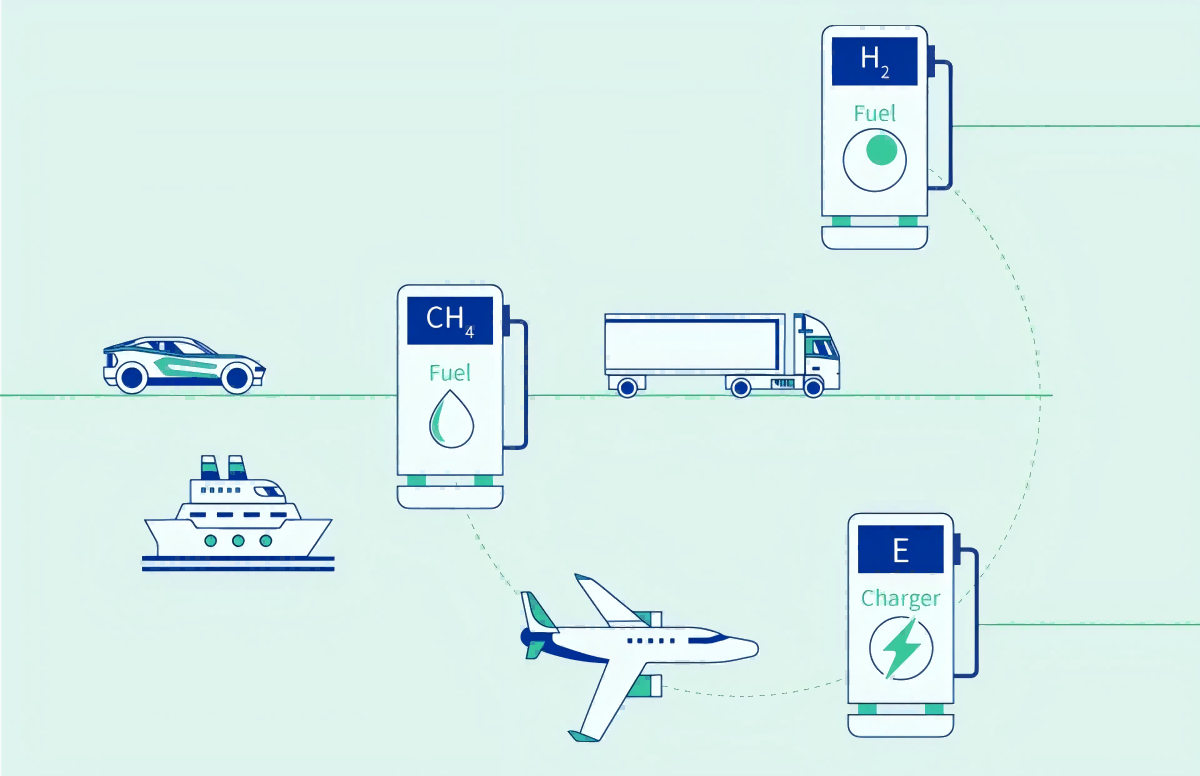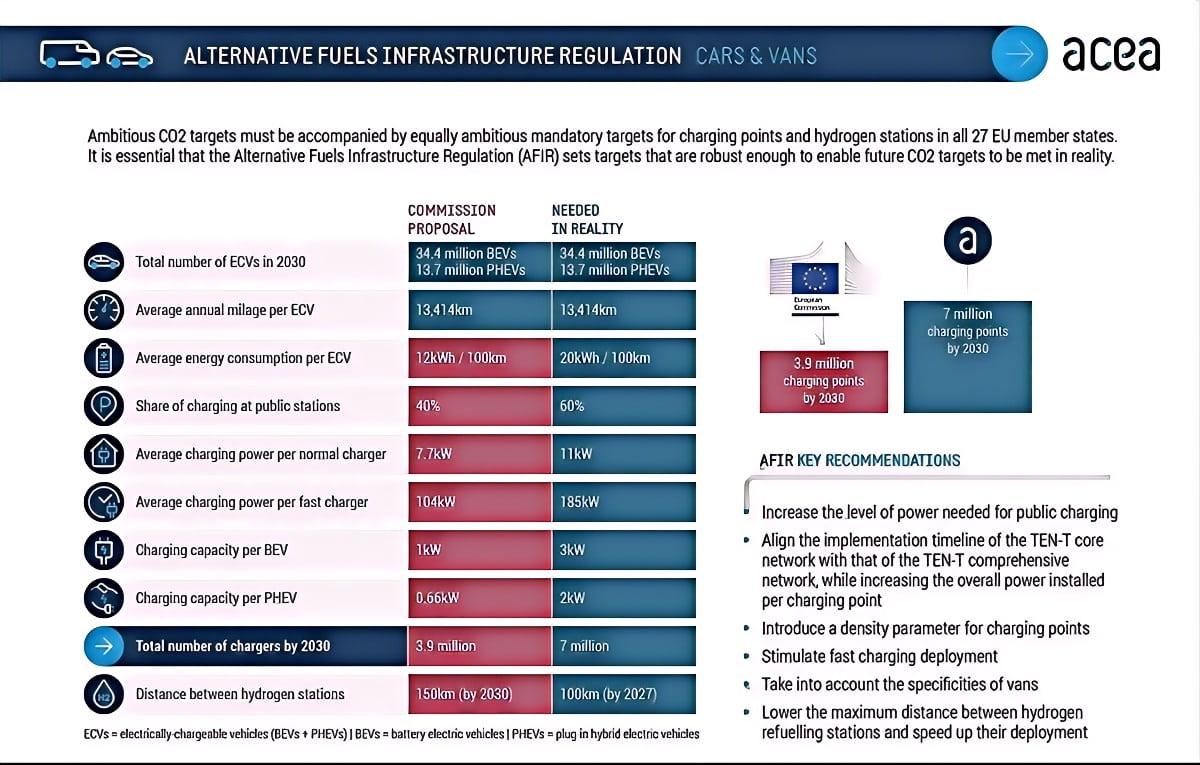
Two major EU policies have just come into force — and if you're building, operating, or sourcing for EV charging projects in Europe, they directly impact your next move.
These regulations are reshaping how EV chargers are designed, installed, and integrated into both public infrastructure and private buildings across the EU.
What’s New?
AFIR (Alternative Fuels Infrastructure Regulation)
Applies to: Public highway charging stations
Minimum 400 kW total output per site
At least one charger must provide ≥150 kW
Required for stations along the TEN-T network by the end of 2025

EPBD (Energy Performance of Buildings Directive)
Applies to: New or renovated commercial buildings
Must be pre-equipped with cabling for EV chargers
Covers office buildings, malls, apartments, and parking garages
Applies to projects starting in 2025–2026, depending on the country
Why This Matters
Europe registered over 3.2 million EVs in 2024, yet most public chargers still offer under 22 kW
These new rules push the industry toward ultra-fast, accessible, and building-integrated charging
Projects that don’t meet these specs could face compliance issues, delays, or expensive retrofits
What Stakeholders Should Focus On
|
Area |
Action |
|
Highway Charging |
Upgrade designs to deliver ≥150 kW per port |
|
Connectors & Cabling |
Use components rated for 500 A+ and liquid cooling, ideal for sustained high-power use |
|
Building Projects |
Plan EV-ready wiring from the architectural stage |
|
Regulatory Compliance |
Prioritize EU-certified, modular hardware that supports future upgrades |
|
Supplier Partnerships |
Work with vendors familiar with AFIR/EPBD timelines and technical standards |

Insights from the Field
At Workersbee, we’re seeing increased demand from European partners for high-current DC charging connectors designed for urban and highway applications.
Our product lines — including liquid-cooled connectors rated up to 500 A — are developed to support infrastructure projects that aim to comply with the EU’s evolving fast-charging requirements.
What to Do Now
Reassess your station specs — align with 150 kW+ expectations
Plan cabling early in all new or renovated building projects
Choose modular hardware to avoid stranded assets down the line
Monitor local rollouts — each country may set different implementation timelines
The EV transition in Europe is no longer on the horizon — it’s happening now.
With regulations tightening and demand accelerating, success will depend on readiness, adaptability, and working with partners who understand both the technology and the policy landscape.
At Workersbee, we’re committed to supporting the shift with components designed for high-performance, compliance, and future growth.
If you're preparing for AFIR or EPBD-aligned projects and want to explore compatible solutions, our team is here to help — whether you're designing, sourcing, or scaling.